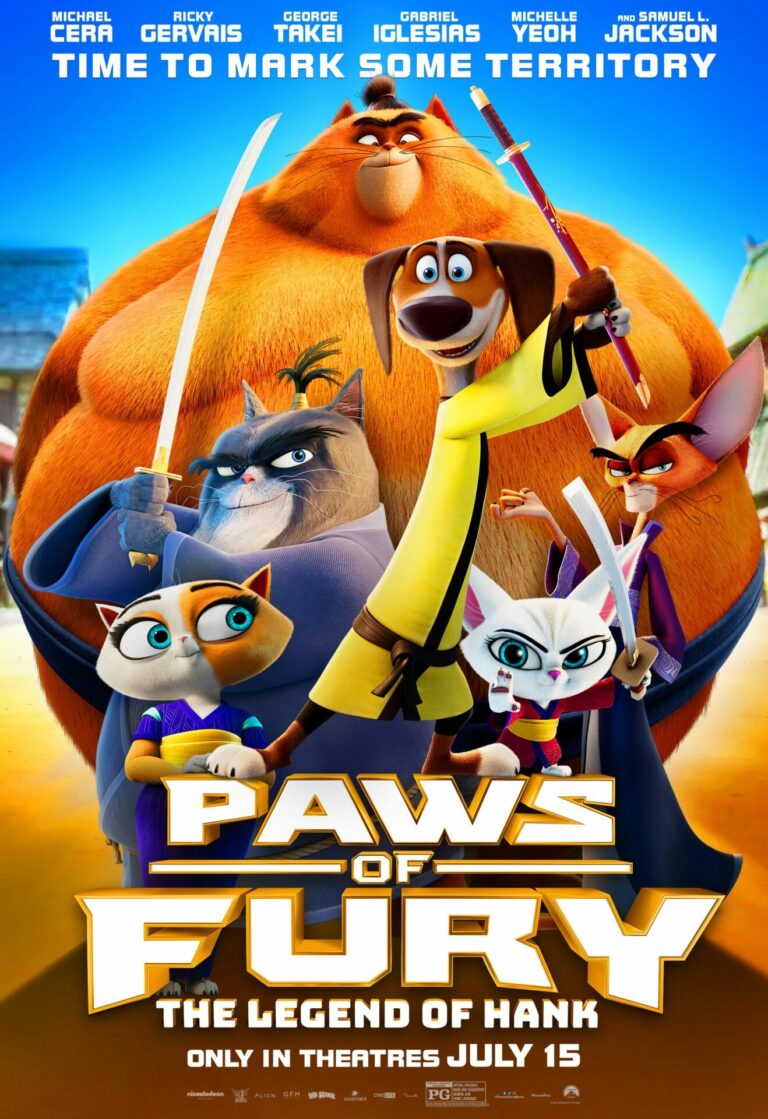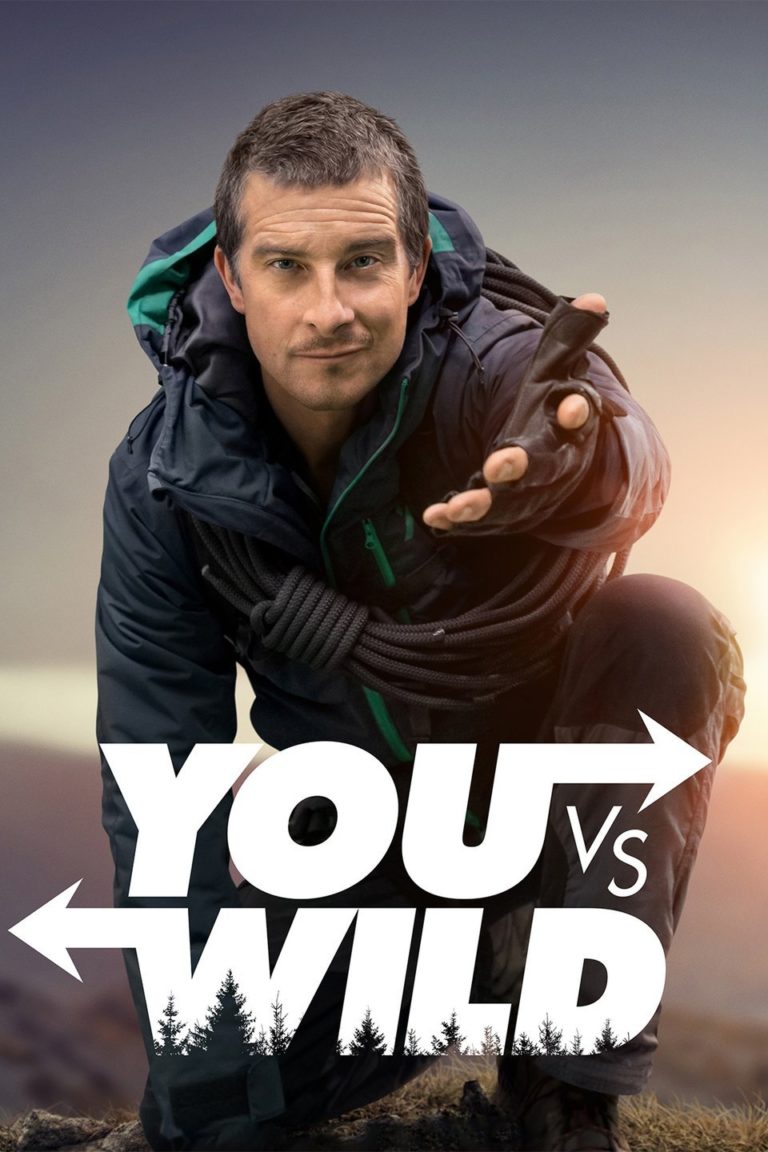“Choose-Your-Own-Adventure Survival Show “
What You Need To Know:
YOU VS. WILD is at its best when it leans into being an expansive quiz-type show. Occasionally, the writers have built in some odd fictional storylines (like crossing frozen mountains to rescue a Saint Bernard). However, these stories only distract from the real heart of the program, which is, Can you make the right decision on how to survive? Grylls is a capable, engaging host. His work to educate and guide audiences is what makes the show work. As with much survivalist entertainment, YOU VS. WILD has a core materialist worldview, but episodes with a rescue theme insert some positive redemptive and moral elements. Also, occasional survival violence and gore make some episodes unsuitable for younger viewers.
Content:
(V, B, H)
Episodes:
| Number | Date | Title | Production | Content |
|---|---|---|---|---|
| 1.1 | 4/10/2019 | Operation Jungle Rescue, Pt. 1 |  |
+1 |
| 1.2 | 4/10/2019 | Operation Jungle Rescue, Pt. 2 |  |
+3 |
| 1.3 | 4/10/2019 | Searching for a Saint Bernard |  |
+3 |
| 1.4 | 4/10/2019 | LOST ON SNOW |  |
+1 |
More Detail:
Well, years later, Grylls is back. His new Netflix show is called YOU VS. WILD (clearly a play on the title of his older project). To call YOU VS. WILD a TV show isn’t quite right. It is really more like a video game with real footage, or perhaps an expansive family quiz show.
In YOU VS. WILD, Grylls returns to dangerous and remote locations . . . but this time the audience is along for the ride…and in charge. That’s right, this time Grylls leaves the complicated survival decisions to us. In the new and increasingly popular “choose-your-own-adventure” Netflix format, audiences help Grylls navigate his survival situations. Viewers help Grylls decide whether an ice cave is a safer shelter than the interior of a fir tree, whether trapping or fishing is a better choice to find food, whether to bushwhack through the forest or wade along a river, and many other similar decisions.
YOU VS. WILD is at its best when it leans into its gamey, educational core. Many of the episodes contain a fictional storyline that only serves to distract audiences from the central experience of the show, which is making survival decisions. For example, in episode three Grylls is sent into remote, snowy mountains to save a rescue dog. This added layer of story becomes confusing because, of course, the dog is in no real danger. Not only is there a full camera crew and rescue team traveling with Grylls, but the whole situation itself is clearly staged. Involving these stories highlights the odd logic of the show where viewers are asked to both understand that the show is fake (i.e. Grylls is not actually put into dangerous situations by our bad decisions) and to believe in the experience enough to enjoy it. Episodes that strip away the story and put Grylls and viewers into a simple survival situation (like episode four) work much better.
As with much survivalist entertainment, YOU VS. WILD has a core materialist worldview. Human survival by human effort functions as the show’s main outlook. However, the episodes with a rescue component (episodes one, two and three) do add a layer of redemptive, moral and moral perceptions. In these episodes, Grylls (and the audience) plays the role of a selfless rescuer, out to do good even at the risk of his own life. Wisdom is also a core value of the show.
YOU VS. WILD is a fun show. The whole family will enjoy thinking through the complicated survival riddles Grylls proposes. There is some mild survivalist danger, violence and gore that sometimes makes the show unsuitable for very young viewers.





